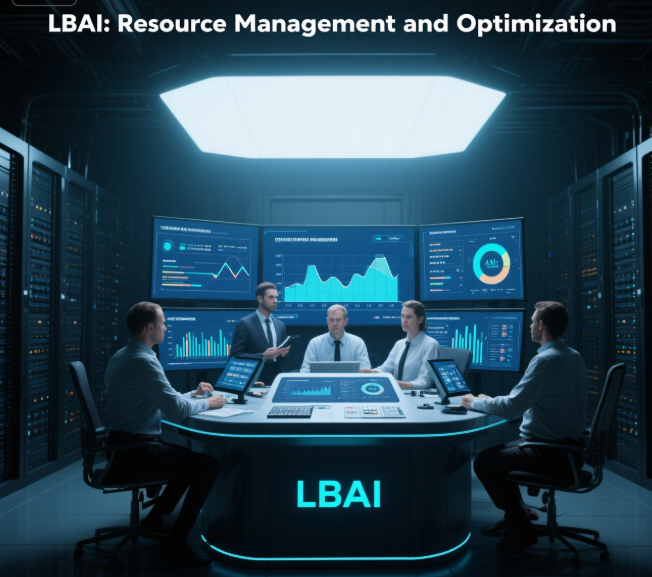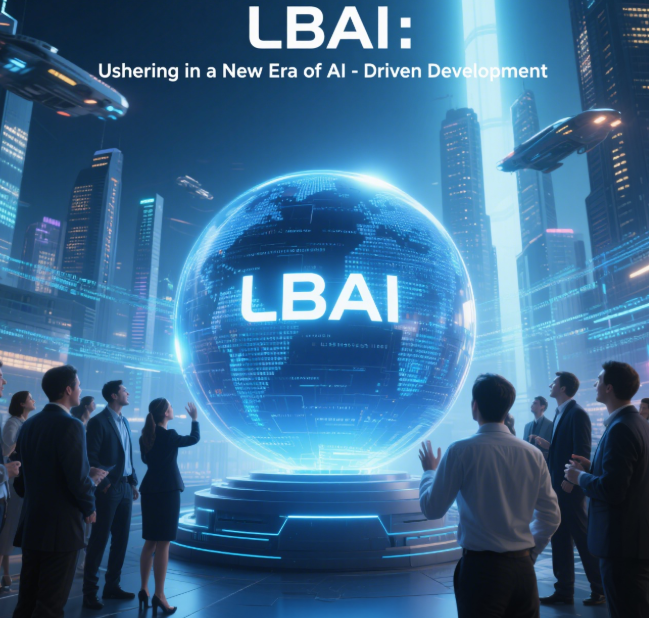In the rapidly evolving landscape of artificial intelligence (AI), where innovation is the driving force and efficiency is paramount, LBAI emerges as a groundbreaking platform that redefines how AI solutions are developed, deployed, and optimized. Designed to make AI accessible and manageable for developers and businesses of all sizes, LBAI is a comprehensive ecosystem that enables the rapid creation, testing, and deployment of AI-driven applications. It achieves this by offering a suite of integrated services that handle everything from code generation to error detection and resolution, all within a unified framework.
 What is LBAI?
What is LBAI?
At its core, LBAI is a next-generation AI platform that simplifies the complexities of AI development and deployment. It aims to empower users with varying levels of technical expertise to leverage the power of AI without the need for extensive AI knowledge. By providing an intuitive interface and a suite of powerful tools, LBAI allows users to focus on their goals rather than the intricacies of AI implementation.
Key Features and Technical Advantages of LBAI
1. Effortless Code Generation and Deployment
One of the most significant advantages of LBAI is its ability to generate and deploy code with minimal manual intervention. By leveraging advanced AI algorithms, LBAI can automatically generate functional code based on user requirements and descriptions. This feature not only accelerates the development process but also reduces the potential for human error. Moreover, LBAI handles the deployment of the generated code, ensuring that it is seamlessly integrated into the user's existing infrastructure. 2. Real-Time Error Detection and Resolution
2. Real-Time Error Detection and Resolution
LBAI is equipped with sophisticated error detection mechanisms that can identify and resolve issues in real-time. This capability is crucial for maintaining the reliability and performance of AI-driven applications. When an error is detected, LBAI can automatically trigger a debugging process, analyze the error logs, and apply the necessary fixes. This proactive approach to error management minimizes downtime and ensures that applications remain operational.
3. Scalable and Flexible Architecture
LBAI is built on a scalable and flexible architecture that can adapt to the varying needs of different users. Whether you are a small startup or a large enterprise, LBAI can handle the load and complexity of your projects. Its modular design allows for easy integration with other systems and technologies, making it a versatile solution for a wide range of applications.

4. User-Friendly Interface and Experience
Understanding that not all users have extensive technical backgrounds, LBAI prioritizes user-friendliness. Its intuitive interface allows users to interact with the platform easily, even if they have limited experience with AI. From generating code to monitoring application performance, LBAI ensures that the entire process is transparent and manageable.
 5. Resource Management and Optimization
5. Resource Management and Optimization
LBAI excels in resource management by efficiently allocating and optimizing the use of computational resources. It can dynamically adjust resource allocation based on the current workload, ensuring that applications run smoothly without wasting resources. This feature is particularly beneficial for users who need to manage multiple applications or services simultaneously.
6. Continuous Learning and Improvement
LBAI is designed to continuously learn and improve from its interactions. By analyzing user feedback and application performance data, LBAI can refine its algorithms and processes to deliver better results over time. This self-improving nature ensures that LBAI remains at the forefront of AI technology, providing users with the most advanced solutions available.
How LBAI Works
LBAI operates on a unique workflow that combines AI-driven code generation with real-time monitoring and error resolution. Here is a simplified overview of the process:
1. User Input and Requirement Analysis
- Users provide a description of their software requirements through a user-friendly interface.
- LBAI analyzes the input and generates a detailed plan for code generation.
2. Code Generation and Deployment
- Using its AI algorithms, LBAI generates the necessary code and deploys it to the user's environment.
- The generated code includes both backend logic and frontend interfaces, ensuring a complete solution.
3. Real-Time Monitoring and Error Detection
- Once deployed, LBAI continuously monitors the application for errors and performance issues.
- If an error is detected, LBAI triggers an automatic debugging process and applies the necessary fixes.
4. User Feedback and Continuous Improvement
- Users can provide feedback on the application's performance and functionality.
- LBAI uses this feedback to refine its algorithms and improve future code generation and error resolution processes.
Conclusion
LBAI represents a new era in AI-driven development, where advanced technology meets user-centric design. By simplifying the process of code generation, deployment, and error management, LBAI empowers developers and businesses to leverage the power of AI without the steep learning curve associated with traditional AI solutions. Whether you are building a new application or optimizing an existing one, LBAI offers a comprehensive and efficient solution that adapts to your needs.
In a world where technology is constantly evolving, LBAI stands out as a platform that not only meets current demands but also anticipates future challenges. By embracing LBAI, you are not just adopting a tool; you are joining a community of innovators who are shaping the future of AI-driven development.
